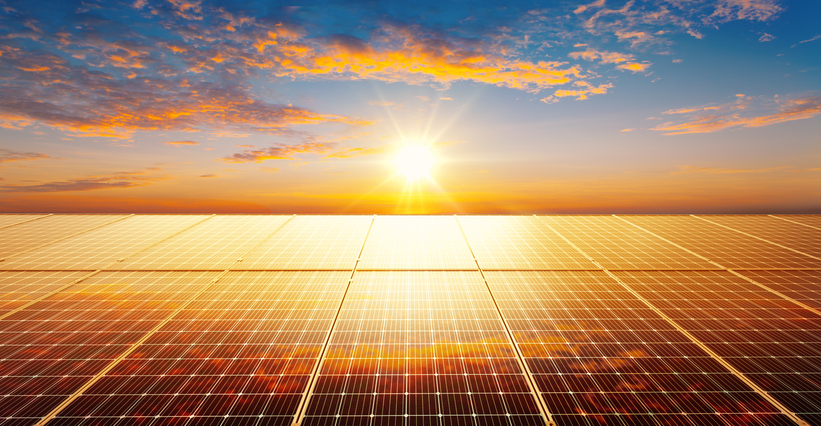'Forget subsidies': Solar-battery hybrids can deliver 'incredibly competitive' power for big industry
November 1, 2025
The developer of what stands to be Australia’s biggest battery says the new breed of hybrid solar and storage projects, starting to dominate the national renewables pipeline, can power new and existing industrial energy needs at an “incredibly competitive” cost – and without government handouts.
The comments, from Quinbrook managing partner David Scaysbrook, come as Australia’s biggest aluminium smelter, Tomago in New South Wales, enters closure talks amid claims it cannot secure a commercially viable energy contract beyond 2028.
“We continue to engage with stakeholders on a viable pathway for Tomago,” the smelter’s chief, Jerome Dozol, said earlier this week.
“Unfortunately, all market proposals received so far show future energy prices are not commercially viable, and there is significant uncertainty about when renewable projects will be available at the scale we need.”
Quinbrook, however, is forging ahead with its own $8 billion plan to build a smelting facility in Townsville, in Queensland, to convert high purity quartz into silicon.
The company hosted a lunchtime briefing for journalists in Melbourne on Tuesday, to set out why one of the world’s biggest investors in infrastructure is so confident about Australia’s prospects to host new green industries, powered by renewables.
On the outskirts of Brisbane the company recently completed the first 260 megawatt (MW) stage of the huge Supernode battery, with the output of the first three stages already contracted to Origin Energy and state-owned utility, Stanwell.
But Scaysbrook says Quinbrook is now betting big on bankrolling long-duration “infrastructure batteries” to pair with cheap renewables to power big industrial loads.
In Townsville, he says the company’s objective is to “deliver the very lowest possible cost of power without asking for any handouts from anybody".
“The mission that we’re on is to solve problems for heavy industry;… industrial decarbonisation using cheap renewable power, and that can be decarbonising an existing smelter or helping build a new one.”
Scaysbrook says Australia is a bit “late to the party” on the levelling-up of cost efficiencies that can be achieved through DC-coupled solar-battery hybrid projects, but is starting to realise its potential.
This much was evident in the latest grid connections scorecard from the Australian Energy Market Operator, which shows a jump in solar-battery hybrids, up from a 7% share of the development pipeline to 17% over the last 12 months.
“Solar battery hybrid is the engine room of the energy transition… and we say that because nothing can touch it from a cost perspective.
“The real opportunity for us, from an investment return perspective, is this solution comes at a materially lower capital cost compared to other alternatives, and so we can build cheaper.
“It gives us the type of investment margin we’re looking for, but the customer is still getting a great deal."
Scaysbrook says Quinbrook’s partnership with China battery giant CATL and its considered approach to project location has allowed the company to build batteries at a lower cost than some of its competitors.
Falling battery costs and huge leaps in clean energy technologies have helped, too.
“Solar is coming in at historically low cost … [and that’s] tier one equipment – it’s not rubbish, it’s the best technology available in the world today. We can team that with batteries that are literally improving by the week,” he told the briefing.
“When you look at the technology improvement curve of batteries, even over the next two to three years, it’s nothing short of breathtaking.
“We can take the… cheapest form of electricity in places like Gladstone and Townsville, take the surplus solar, put it into the battery during the day … and we’ve got eight hours of cheap solar stored in those batteries, and then we can get to 16, 18 hours a day of supply.
“And if you’ve got 320 sunny days a year, that is a very, very powerful combination.
“Forget subsidies. I’m not talking about subsidies. I’m talking about Quinbrook, or someone else, building a large-scale solar-battery hybrid with an eight-hour battery in a place like Gladstone and Townsville delivering incredibly competitive energy cost without government handouts.”
Republished from Renew Economy, 30 October 2025
The views expressed in this article may or may not reflect those of Pearls and Irritations.
